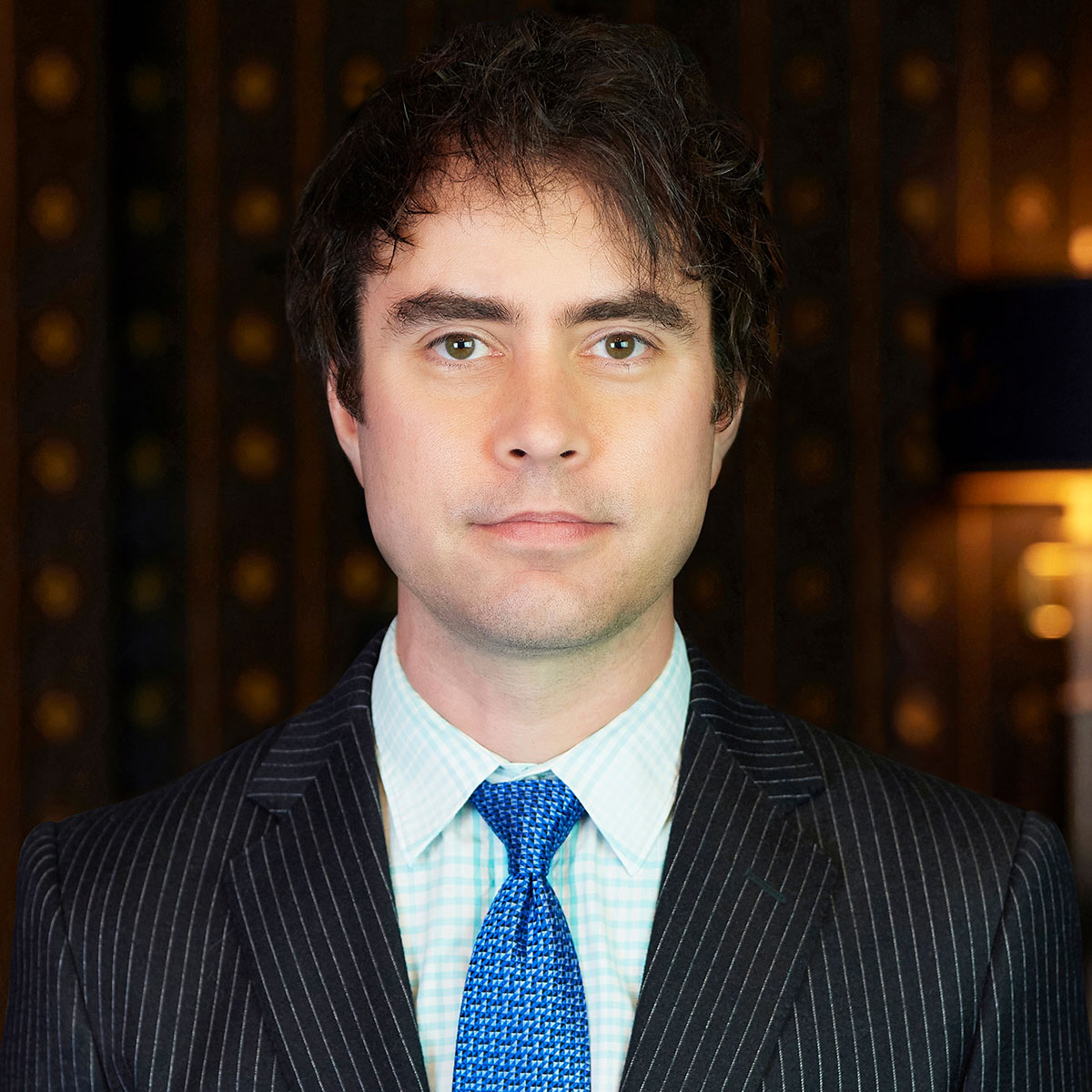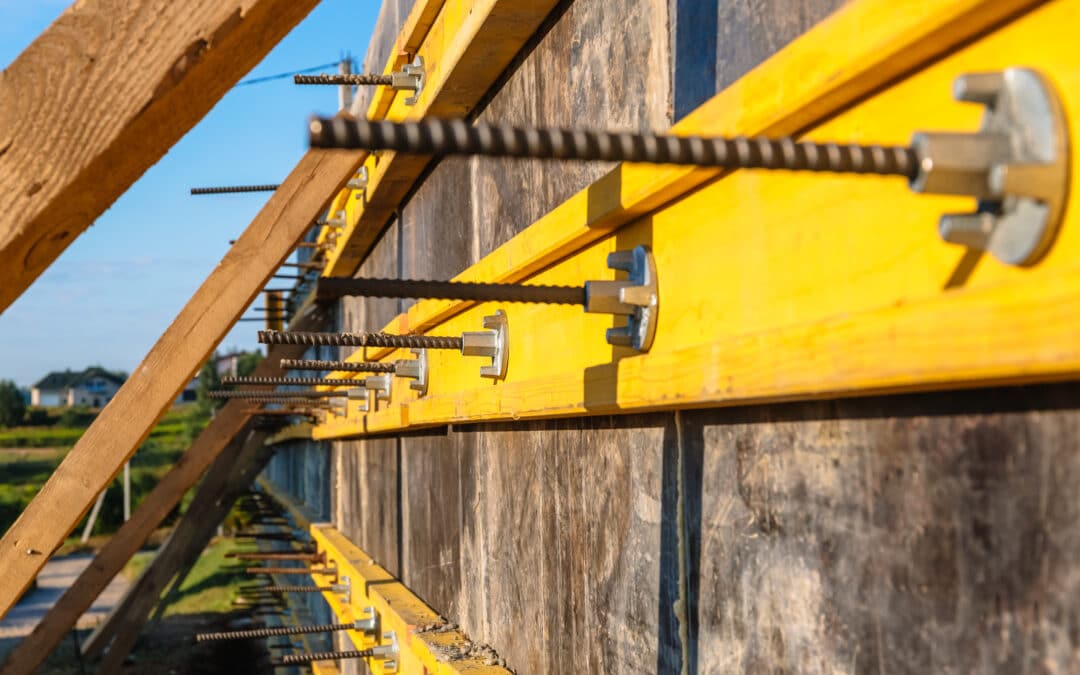Recent decisions of the Australian Federal Court reinforce the need for exclusive patent licences to include all rights to the patent and provide a timely reminder to patentees and exclusive licensees to pay attention to detail.
In February 2021, H. Lundbeck A/S (Lundbeck) was granted special leave by the High Court to appeal the 2020 Full Court decision (the Lundbeck decision)[1] involving the long running litigation in relation to the blockbuster antidepressant medication, Lexapro®.[2] In that appeal, the High Court will scrutinise the agreement between Lundbeck and Lundbeck Australia (LA), its Australian exclusive licensee (the LA Licence), to determine whether LA has standing to sue Sandoz Pty Ltd (Sandoz) for infringement of AU 623144 (the Patent), and if so, the quantum of damages payable to Lundbeck.
In part 2 of this blog series, we discuss how the Lundbeck decision has reinforced the prevailing position under Australian law that an exclusive licence must not withhold any rights to exploit a patented invention, and how it has provided some insight as to the ways in which sub-licencing agreements and their terms may (or may not) impact a licensee’s standing to sue.
As discussed in part 1 of this blog series, in Australia, only a patentee or exclusive licensee within the meaning of the Patents Act 1990 (Cth) has standing to sue for infringement. This has significant implications for patent enforcement where the licence is found to be not exclusive.[3]
The prevailing position of Australian case law is that for a licence to be truly “exclusive”, all rights to exploit the invention must be licenced and nothing can be withheld; that is, the right to exploit cannot be divided.[4] It is against this high bar that the Full Court in the Lundbeck decision explored whether an “exclusive licence” to the Patent granted to LA by Lundbeck was deprived of its exclusive character by a subsequently executed non-exclusive sub-licence from LA and Lundbeck to Sandoz (the Sandoz agreement).
Although the LA licence gave LA all the requisite rights to exploit the invention subject of the Patent throughout Australia to the exclusion of Lundbeck and all other persons),[5] it also included a clause specifying that LA could not assign or sub-licence the rights under the agreement to a third party. However, the Sandoz agreement included a clause in which LA and Lundbeck jointly and severally granted a non-exclusive sub-licence to Sandoz during the term of the Patent. This clause gave rise to two key issues:
- whether Lundbeck could grant such a licence (together with LA) in circumstances where, by virtue of the LA licence, LA held all requisite rights to exploit the invention; and
- whether LA could grant a “sub-licence” to Sandoz when it was restricted by the terms of its agreement with Lundbeck not to do so.
The Full Court considered these questions and found that the Sandoz agreement did not alter LA’s position as exclusive licensee. This is because the Sandoz agreement included a recital that LA was the exclusive licensee of the Patent in Australia, and more importantly, did not include any express or implied agreement to amend the LA Licence in relation to exclusivity. The significance of LA and Lundbeck jointly and severally granting a licence to Sandoz was ultimately seen as a “belt and braces” drafting approach,[6] supported the Court’s conclusion that Lundbeck effectively consented to LA granting the sub-licence.
This case is an important reminder of three aspects of licencing recently considered in the Australian Courts.
1. An exclusive licence must confer all rights to the licensee.
- In the case where a patentee does wish to retain some rights, these should be back-licensed from the exclusive licensee. For example:
- a licensee who received the “right” to make a product, but agreed that it would not make it and instead purchase the product from the patentee’s supplier through the use of back-licensing terms, was still considered an exclusive licensee.[7]
- an exclusive licence for provision of patented software in Australia was considered exclusive, even though the software was provided on a platform operated by the patentee, because an implied back-licence was plausible.[8]
- This latter example could have given rise to the unexpected consequence of the patentee technically infringing its own patents. In order to safeguard against such a suggestion, and in order to make clear that a licence is exclusive, we recommend back-licensing should be done expressly and (to avoid any question of whether it is possible to grant an exclusive licence and a back licence within the same agreement) preferably in an agreement separate to the exclusive licence itself.
2. Subsequent agreements may be used to reinforce that an earlier licence was exclusive.
- In the Lundbeck decision, a recital in the Sandoz agreement that set out the fact of LA’s exclusive licensee status assisted the Court in confirming the intention of that agreement was not to alter LA’s exclusive status.
- In another recent case, a confirmatory licence was used to clarify the intention of a previously executed software agreement. A clear statement in the confirmatory licence that an exclusive licence was being granted assisted the Court in resolving ambiguity in relation to the patentee’s intentions and made the likelihood of an implied back-licence plausible.[9]
- The above approaches are only likely to be successful if other features of the original licence are not inconsistent with the requirements of an exclusive licence. The Federal Court has recently found that an agreement which purports to be an exclusive licence through use of the term “exclusive licence”, but withholds or reserves rights, is unlikely to be seen as an exclusive licence.[10]
3. Only the exclusive licensee can sub-licence its rights.
- If an exclusive licence (with no relevant back-licence) is in place, any sub-licence should properly be granted by the exclusive licensee. If the ability of an exclusive licensee to grant sub-licences is limited by the terms of the exclusive licence agreement, this should be considered and amended by the appropriate action prior to grant of a sub-licence. Recall that in the Lundbeck decision, LA faced the difficulty that it was not entitled to sub-licence. However, the Court was prepared to construe Lundbeck’s execution of the Sandoz agreement as varying the original licence between it and LA such that it consented to LA granting a sub-licence.
- It is also worth noting that while the exclusive licensee may be able to sublicence its rights under an exclusive license, the sub-licensee is not an “exclusive licensee” with standing to sue for infringement, because the Patents Act 1990 (Cth) provides that an exclusive licence under Australian law must be conferred by the patentee.[11]
[1] Sandoz Pty Ltd v H Lundbeck A/S [2020] FCAFC 133
[3] Patents Act 1990 (Cth) s 120(1).
[4] See, e.g., Bristol-Myers Squibb Company v Apotex Pty Ltd [2015] FCAFC 2, [103].
[5] H. Lundbeck A/S v Sandoz Pty Ltd [2018] FCA 1797, [201].
[6] Ibid, [226].
[7] Actavis Pty Ltd v Orion Corporation [2016] FCAFC 121, [234].
[8] Encompass Corporation Pty Ltd v InfoTrack Pty Ltd [2018] FCA 421, [235]. Note that this decision was appealed to the Full Court (Encompass Corporation Pty Ltd v InfoTrack Pty Ltd [2019] FCAFC 161), but the exclusive licence issue was not considered in the appeal.
[9] Ibid.
[10] Vald Performance Pty Ltd v Kangatech Pty Ltd [2019] FCA 1880, [4], [28], [33].
[11] Actavis Pty Ltd v Orion Corporation [2016] FCAFC 121, [252]. See also Patents Act 1990 (Cth), Schedule 1, definition of “exclusive licensee”.

Alex May
Senior Associate, Foreign Qualified Lawyer
Alex is an intellectual property disputes lawyer with twelve years’ experience and a track record of obtaining successful outcomes for clients. He specialises in advising pharmaceutical companies on patent litigation and related matters and has a technical background in genetics.

Naomi Pearce
CEO, Executive Lawyer (AU, NZ), Patent Attorney (AU, NZ) & Trade Mark Attorney (AU)
Naomi is the founder of Pearce IP, and is one of Australia’s leading IP practitioners. Naomi is a market leading, strategic, commercially astute, patent lawyer, patent attorney and trade mark attorney, with over 25 years’ experience, and a background in molecular biology/biochemistry. Ranked in virtually every notable legal directory, highly regarded by peers and clients, with a background in molecular biology, Naomi is renown for her successful and elegant IP/legal strategies.
Among other awards, Naomi is ranked in Chambers, IAM Patent 1000, IAM Strategy 300, is a MIP “Patent Star”, and is recognised as a WIPR Leader for patents and trade marks. Naomi is the 2023 Lawyers Weekly “IP Partner of the Year”, the 2022 Lexology client choice award recipient for Life Sciences, the 2022 Asia Pacific Women in Business Law “Patent Lawyer of the Year” and the 2021 Lawyers Weekly Women in Law SME “Partner of the Year”. Naomi is the founder of Pearce IP, which commenced in 2017 and won 2021 “IP Team of the Year” at the Australian Law Awards.

